By: Diana A. Henry, MS, OTR/L, FAOTA
We need a balance between what we have seen in our clinics, schools and homes and what research indicates. Therefore, as an occupational Therapist (OT) specializing for over 40 years in sensory processing, I have turned to research to support our work.
I co-conducted research (Olson, Henry et al., 2016; Henry & Lindsay, 2016) in schools, homes and clinics regarding the use of the Sensory Processing Measure (SPM) and the SPM Quick Tips, including the NeoRok Stool and the NeoMove Chair. Research participants and users comprised of family members, teaching staff and clinic based therapists.
Parents and teachers completed the SPM (rating scale) which included questions related to social participation and balance. Following initial testing results, SPM Quick Tips were selected by team members (parents, teachers and therapists) and implemented over two months or more at home, in school and in clinics. Various outcome measures were used including the SPM retest, Goal Attainment Scaling (GAS) and Parent/Teacher/Therapist Satisfaction Surveys.
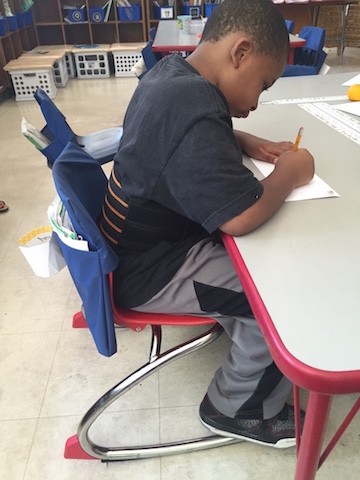
Research results reinforced the importance of “detective” work before choosing “sensory tools.” This included the interpretation of the assessment results post use of standardized assessments and collaboration with each team member, taking into consideration the child’s sensory processing challenges related to activity demands within different environments.
Both the NeoRok Stool and the NeoMove Chair were used with children diagnosed with ADHD, short attending ability and sensory processing issues including praxis (motor planning), under responsiveness, sensory seeking and postural control challenges.
They were used as a dynamic seating option, to provide greater movement while children worked on fine motor activities.
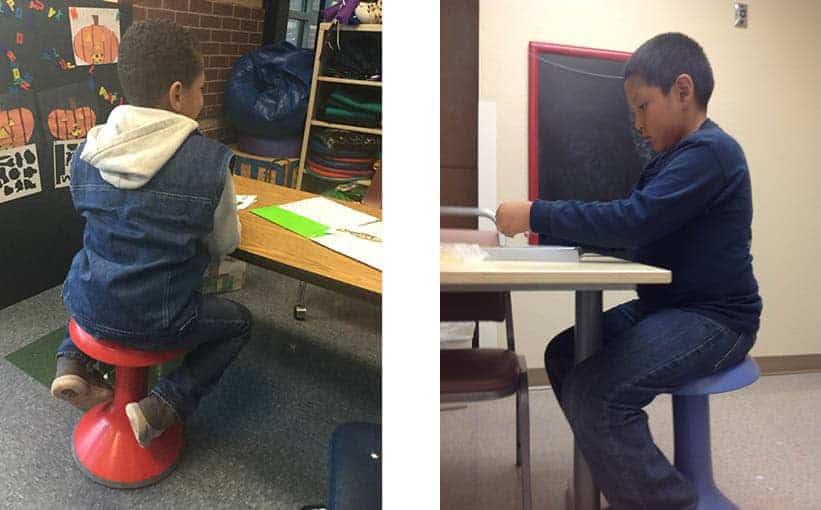
Feedback from those who used the NeoRok Stool and the NeoMove Chair in the study:
Occupational therapist in the schools:
“Students who were initially having difficulty attending to fine motor tasks, were more willing to stay working on the fine motor activities given this movement opportunity.”
“These were good options for dynamic seating. They provided movement opportunities for some students who could not sit still”
Teacher collaborating with an occupational therapist:
“This child sat on the NeoRok Stool during small group instruction and circle time in the main classroom and during specials such as art and music. It was used to help him stay focused in the small group instruction sessions and to complete assignments with less prompting. He could attend to instruction and less “wandering off” was noted. Less prompts to complete assignments were needed.”
“Some teachers were more comfortable with the look of the NeoMove Chair and used it more readily. For some students, the NeoMove Chair was a more stable option than the NeoRok Stool, while still providing the movement needed for attention.”
Occupational therapist in an outpatient hospital setting:
“I used the NeoRok Stool multiple times during clinic treatments with children (ages 3-12) who are movement seeking. It allowed them to focus on the task at hand and stay seated (while still wiggling). I noted much improved concentration, focus and ability to sit to do table tasks.”
“I would absolutely recommend the NeoRok Stool. There is not the “rolling off” that sometimes occurs when sitting on a physio ball and less “falling off” that sometimes occurs on the less stable t-stool. However, it gives the movement and proprioception that kids seek. I use it frequently and the kids love it.”
And finally, “This is of one of our therapists–we all like sitting on the NeoRok Stool as much as the kids do!”
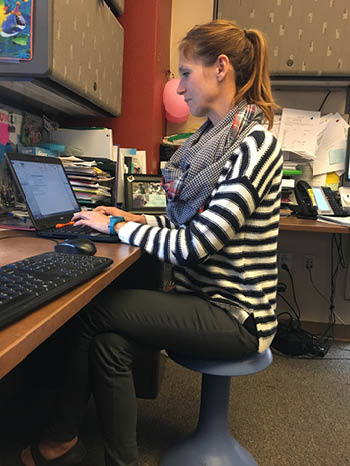
So, after checking that the stool and chair are the correct height and are a good fit for the student regarding balance and movement needs, do give the NeoRok Stool and the NeoMove Chair a try!

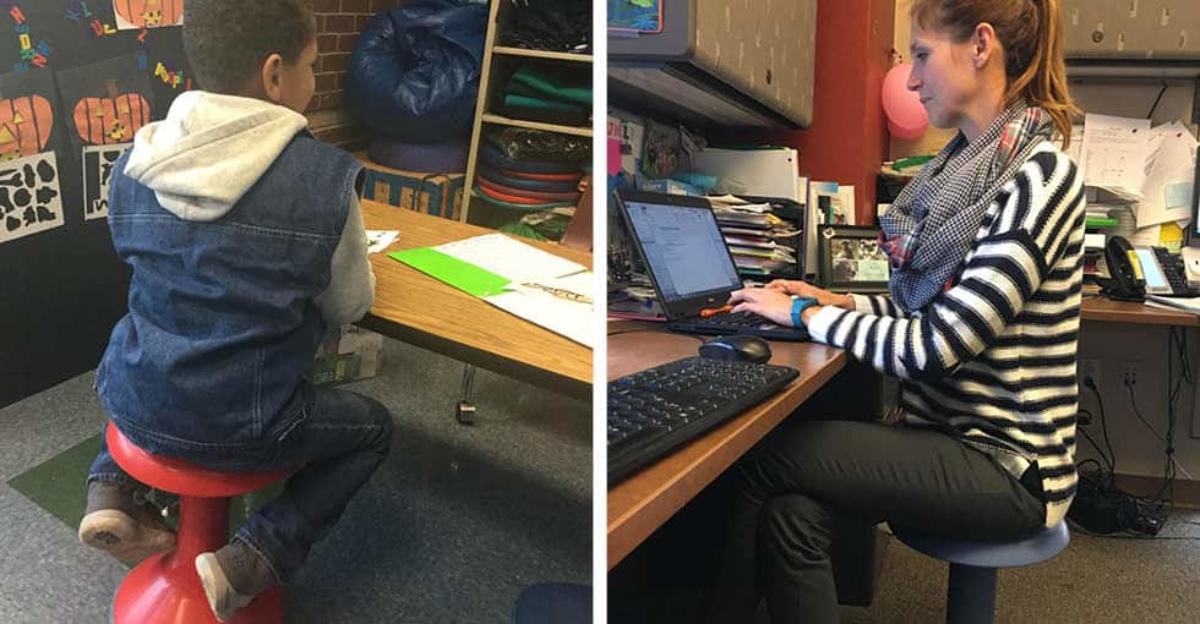


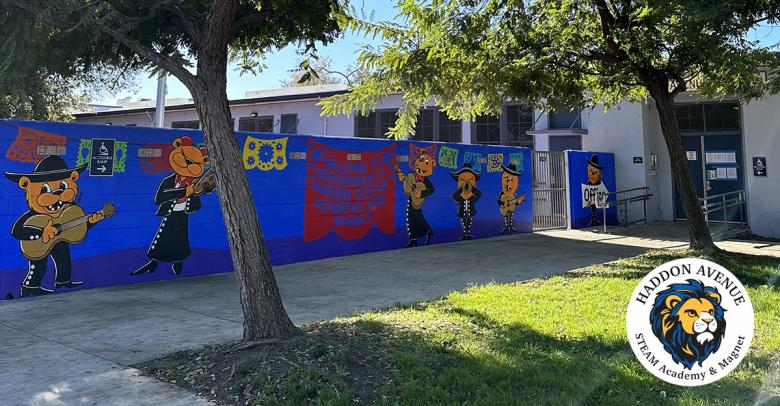
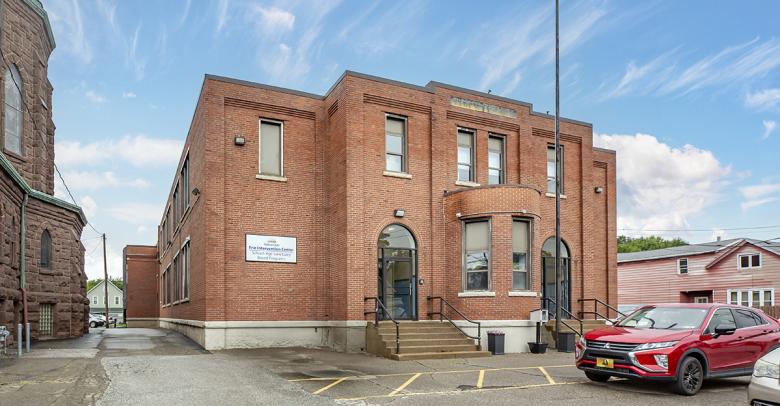
Leave a Reply